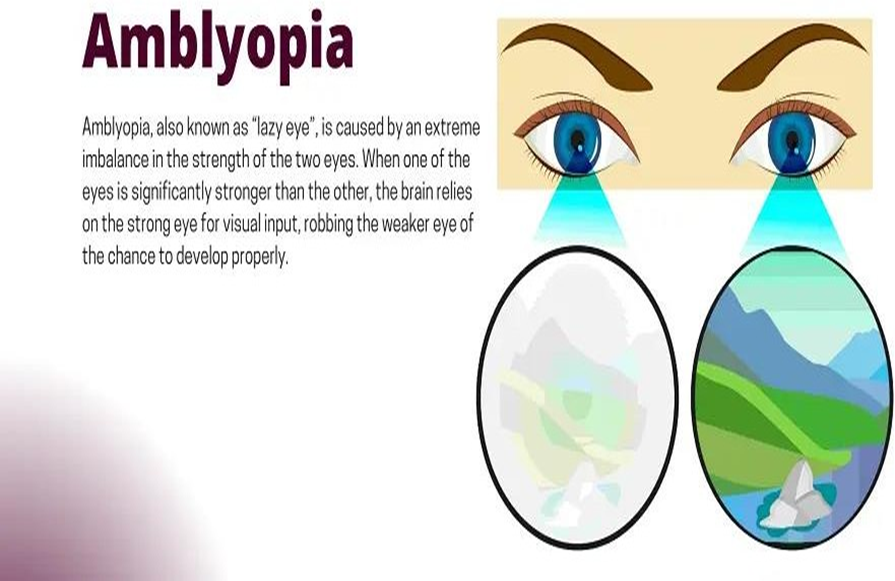The school nurse is conducting vision screening for a 7-year-old girl and documents the condition "amblyopia." What would the nurse tell the parents about this condition?
"Amblyopia is reduced vision in an eye that has not been adequately used during early development."
"Amblyopia is a malalignment of the eye, which occurs at birth."
"Amblyopia is an uncorrected refractive error of the eye."
"Amblyopia is a clouding of the lens of the eye caused by trauma to the eye."
The Correct Answer is A
A. Amblyopia, often referred to as "lazy eye," is reduced vision in one eye due to abnormal visual development during early childhood.
B. Malalignment of the eyes typically refers to strabismus, not amblyopia.
C. Refractive errors such as myopia or hyperopia can cause visual impairment but are not specifically related to amblyopia.
D. Clouding of the lens of the eye is more commonly associated with conditions like cataracts, not amblyopia.

Nursing Test Bank
Naxlex Comprehensive Predictor Exams
Related Questions
Correct Answer is C
Explanation
A. This statement doesn't demonstrate understanding of appropriate feeding practices for a 5-month-old.
B. While pureeing food is a method of introducing solid foods, it doesn't specifically address the appropriate consistency or type of food.
C. Introducing cereal with a thin consistency is appropriate as a first solid food for a 5-month-old.
D. Starting with baby oatmeal cereal mixed with low-fat milk may not be appropriate as cow's milk is not recommended before the age of 1.
Correct Answer is A
Explanation
A. Bladder capacity varies with age and gender. The formula for bladder capacity, is (age + 2) x 30 ml. For a 9-year-old girl, the bladder capacity is (9 + 2) x 30 ml = 330 ml approximately 12 ounces.
B. This is a lower capacity than the estimated one for a 9-year-old girl.
C. This is a lower capacity than the estimated one for a 9-year-old girl.
D. This is a lower capacity than the estimated one for a 9-year-old girl.
Whether you are a student looking to ace your exams or a practicing nurse seeking to enhance your expertise , our nursing education contents will empower you with the confidence and competence to make a difference in the lives of patients and become a respected leader in the healthcare field.
Visit Naxlex, invest in your future and unlock endless possibilities with our unparalleled nursing education contents today
Report Wrong Answer on the Current Question
Do you disagree with the answer? If yes, what is your expected answer? Explain.
Kindly be descriptive with the issue you are facing.
